Articles > Geography
Trying the top The Largest Cities In Hawaii cities on US State Largest Cities – Choose State & Number? Here are the top 10 to get you started.
1. Honolulu, HI (Population: 350,964)
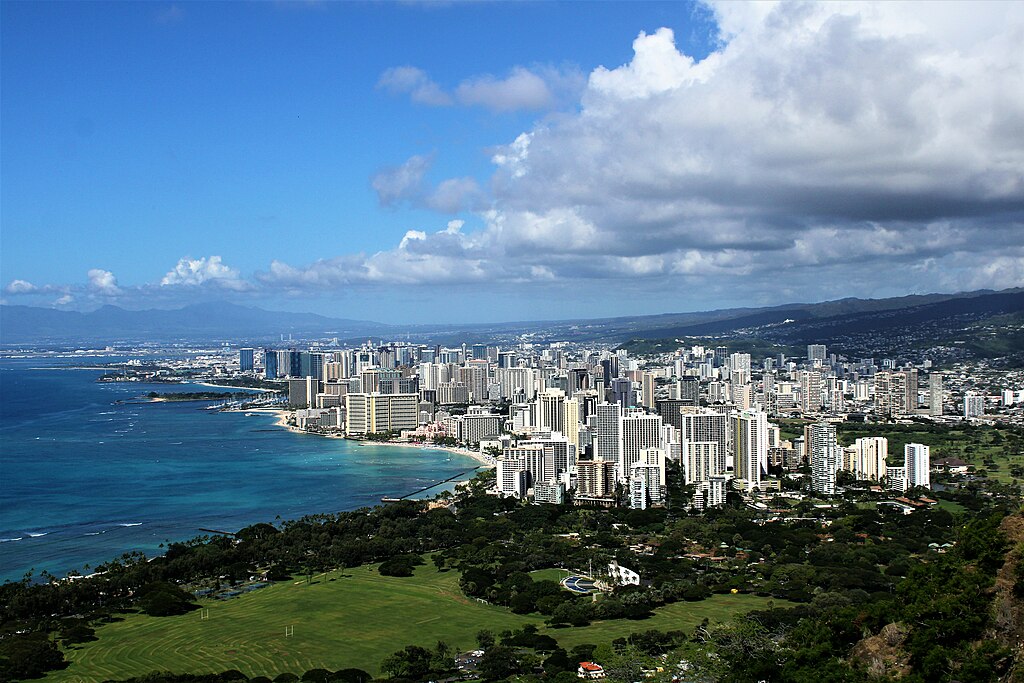
Honolulu, the capital of Hawaii, is the state’s largest city and a global destination for tourism, culture, and commerce. Located on the island of Oʻahu, Honolulu combines stunning beaches, a vibrant urban center, and a rich Polynesian heritage. Waikīkī Beach, Diamond Head, and Pearl Harbor are among its most famous landmarks, drawing millions of visitors annually. Honolulu is also an economic hub, with industries ranging from government and military to hospitality and international business. Its diverse population and traditions contribute to its unique cultural identity.
Interesting Fact:
Honolulu’s Iolani Palace is the only royal palace in the United States, once home to Hawaii’s monarchs.
2. East Honolulu, HI (Population: 50,922)

East Honolulu, often referred to as Hawai‘i Kai and its surrounding communities, is a largely residential area east of downtown Honolulu. Known for its upscale neighborhoods, marinas, and scenic oceanfront, East Honolulu offers a quieter alternative to city life while remaining close to Honolulu’s amenities. Outdoor recreation is central here, with nearby Hanauma Bay, Koko Head Crater, and Makapuʻu Lighthouse trails providing some of Oʻahu’s best snorkeling, hiking, and coastal views.
Interesting Fact:
Hanauma Bay in East Honolulu is a protected marine life conservation district and one of Hawaii’s top snorkeling destinations.
3. Pearl City, HI (Population: 45,295)
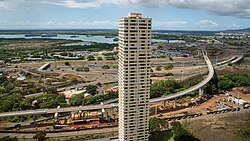
Pearl City, located along the north shore of Pearl Harbor on Oʻahu, is a suburban community with strong military and historical ties. The city developed rapidly during World War II and remains influenced by its proximity to Joint Base Pearl Harbor-Hickam. Today, Pearl City features residential neighborhoods, shopping centers, and recreational facilities. Its central location makes it convenient for commuting across the island.
Interesting Fact:
Pearl Harbor, adjacent to Pearl City, was the site of the December 7, 1941 attack that brought the United States into World War II.
4. Hilo, HI (Population: 44,186)
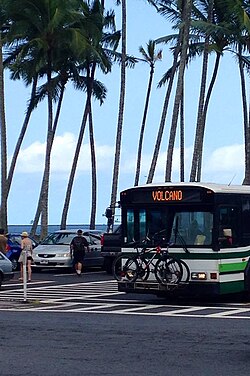
Hilo, located on the Big Island, is the largest city on Hawaii Island and serves as the gateway to Hawaii Volcanoes National Park. Known for its lush rainforest climate, Hilo experiences some of the highest annual rainfall in the U.S. The city has a charming downtown filled with shops, galleries, and the Lyman Museum, which explores Hawaiian culture and history. Hilo is also home to the University of Hawaii at Hilo.
Interesting Fact:
Every spring, Hilo hosts the Merrie Monarch Festival, a world-renowned hula competition that preserves and promotes Hawaiian culture.
5. Waipahu, HI (Population: 43,485)
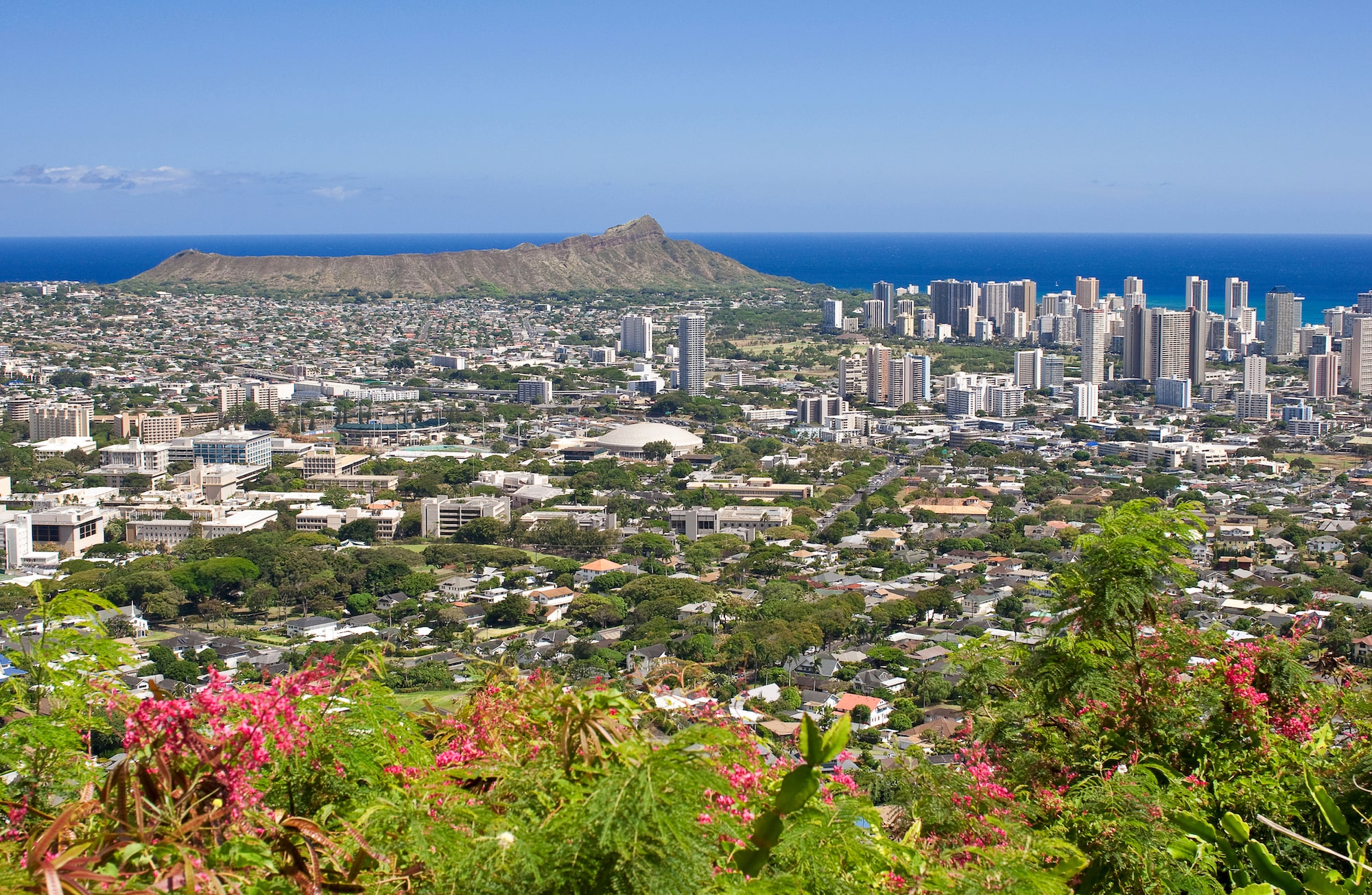
Waipahu, once a thriving sugar plantation town, is now a vibrant suburban community on Oʻahu. The city’s history is preserved at the Hawaii’s Plantation Village, an open-air museum showcasing plantation-era life and the diverse immigrant groups who shaped Hawaii’s culture. Waipahu today features shopping centers, schools, and recreational areas, while maintaining its strong sense of community and heritage.
Interesting Fact:
Waipahu was once home to one of Oʻahu’s largest sugar mills, which operated for nearly a century before closing in 1995.
6. Kailua, HI (Population: 40,514)
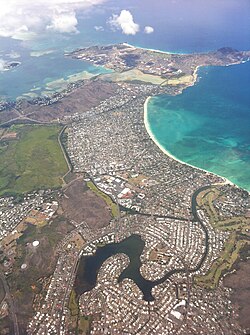
Kailua, located on the windward side of Oʻahu, is famous for its pristine beaches and laid-back lifestyle. Kailua Beach and Lanikai Beach are consistently ranked among the most beautiful beaches in the world. The community has a mix of small-town charm, local boutiques, and outdoor activities such as kayaking, hiking, and paddleboarding. Kailua is popular with both residents and visitors seeking a more relaxed environment than Honolulu.
Interesting Fact:
Former President Barack Obama often vacationed in Kailua during his presidency, staying near Kailua Beach.
7. Kaneohe, HI (Population: 37,430)

Kaneohe, located on Oʻahu’s windward coast, offers breathtaking views of the Koʻolau Mountain Range and Kaneohe Bay. The area is primarily residential but also features lush gardens, golf courses, and cultural landmarks. Nearby attractions include the Hoʻomaluhia Botanical Garden and Byodo-In Temple, a replica of a Japanese Buddhist temple. Kaneohe has a strong connection to Hawaii’s natural beauty and cultural traditions.
Interesting Fact:
Kaneohe Bay is the only barrier reef-protected bay in the Hawaiian Islands, making it unique for marine biodiversity.
8. Kahului, HI (Population: 28,219)
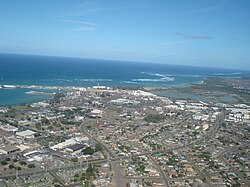
Kahului is the commercial center of Maui, serving as the island’s primary port and home to Maui’s main airport. The city features shopping malls, businesses, and cultural institutions like the Maui Arts & Cultural Center. While often seen as a transit hub for visitors heading to Maui’s resorts, Kahului itself has parks, beaches, and markets that reflect everyday life on the island.
Interesting Fact:
Kahului Harbor is the largest port on Maui and a major gateway for goods and supplies to the island.
9. Mililani Town, HI (Population: 28,121)
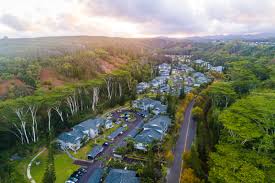
Mililani Town, located in central Oʻahu, is a planned community developed in the 1960s and 70s. It is known for its suburban design, family-friendly atmosphere, and strong sense of community. Mililani features schools, shopping centers, parks, and recreational facilities, making it one of the most desirable residential areas on the island.
Interesting Fact:
Mililani was the first master-planned community in Hawaii and has repeatedly been ranked among the best places to live in the state.
10. Ewa Gentry, HI (Population: 25,707)
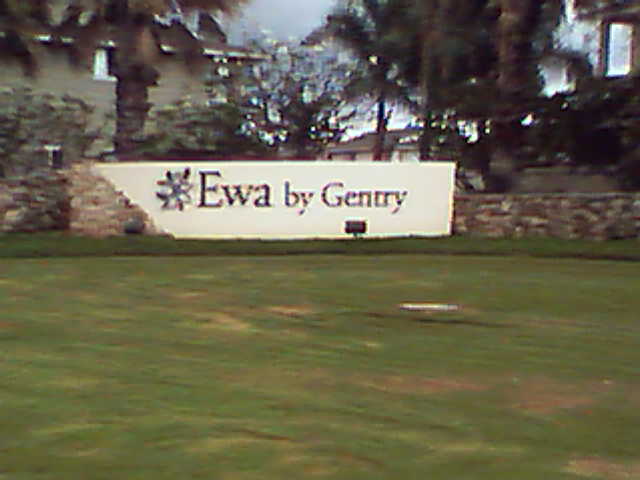
Ewa Gentry, part of the rapidly growing Ewa Plain in western Oʻahu, is a modern suburban development with new housing, schools, and commercial centers. Once dominated by sugarcane plantations, the area has transformed into one of the island’s fastest-growing residential communities. Ewa Gentry appeals to families looking for newer homes and access to both Honolulu and the west side of Oʻahu.
Interesting Fact:
The Ewa Plain was once a center of Hawaii’s sugar industry, with plantations operating there for over a century.




